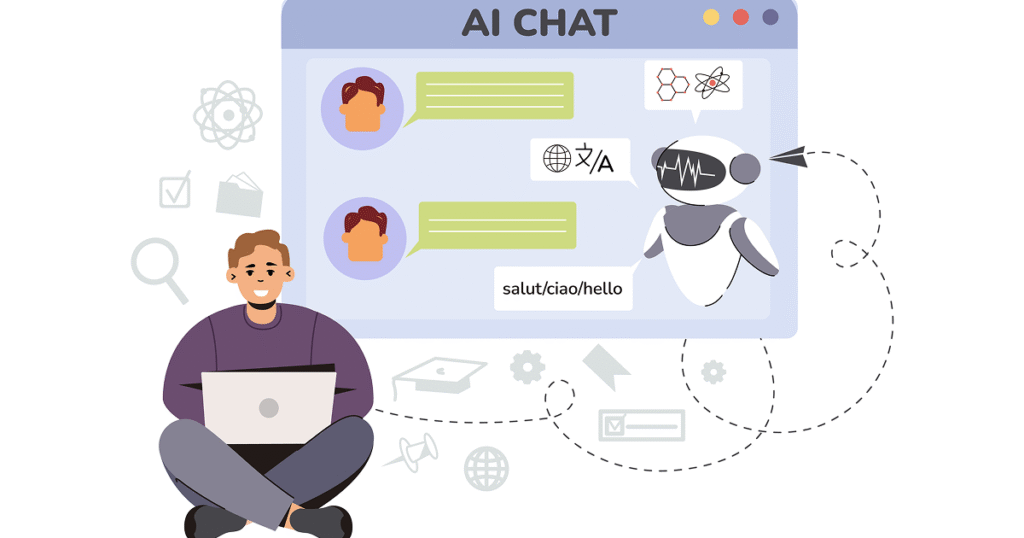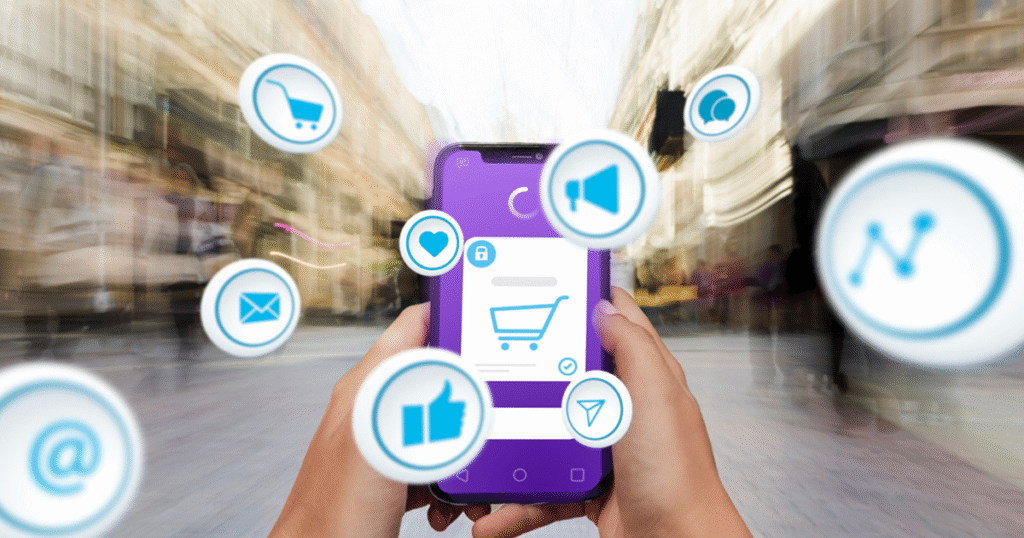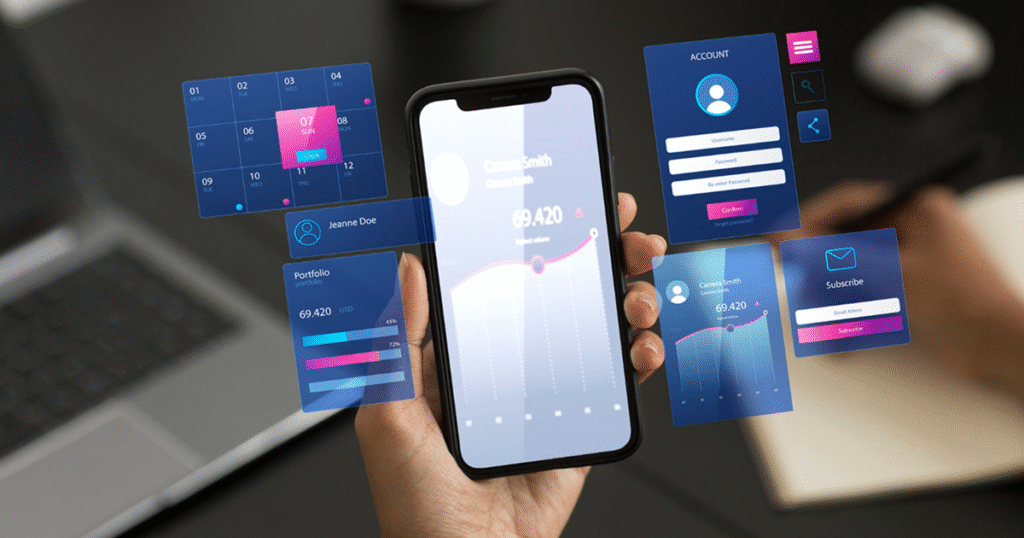5 Reasons to Outsource Your Mobile App Development for Better Results
5 Reasons to Outsource Your Mobile App Development for Better Results Harshid Patel Edit Template Businesses in 2026 rely heavily on mobile apps to reach customers and grow faster. But developing a high-quality app internally can be costly and time-consuming. This is why outsourcing mobile app development has become one of the smartest business decisions. When you work with the right external development team, you get expert skills, advanced technology support, and faster delivery — all while saving cost. In this blog, learn the top 5 reasons outsourcing delivers better results for your mobile app success. Table of content Add a header to begin generating the table of contents Access to Expert and Skilled Developers Work with professionals who understand the latest technologies Outsourcing allows you to connect with highly trained developers who specialize in Android, iOS, Flutter, AI integration, and more. They know industry trends better, ensuring your app performs well in the modern digital market. Experience in solving complex technical challenges Expert teams have already worked on multiple projects and successfully solved performance, security, and UI issues. This technical experience reduces risks and ensures smooth execution. Better quality and innovative solutions Outsourcing gives you access to creative minds who think beyond basic app features. They help you build a user-friendly and future-ready app that stands stronger than competitors. Cost-Effective Development and Reduced Expenses Lower hiring and staffing costs Building an in-house team requires salaries, office setup, tools, and training — all adding major expenses. Outsourcing cuts these costs because you only pay for the development service you need. Budget-friendly pricing models Outsourcing companies offer flexible engagement models like fixed price, hourly, or dedicated teams. This helps businesses control expenses while maintaining quality delivery. Saves money in long-term maintenance With experts handling development, fewer bugs and better architecture ensure lower maintenance cost in the future. This increases return on investment and overall business profitability. Also to read:- How ERP Systems Enhance Production Planning and Inventory Control Faster Development and Quick Time to Market Dedicated team works continuously Outsourcing partners focus entirely on your project with structured timelines. This speeds up development and ensures timely progress without internal delays. Shorter testing and deployment cycles With automated testing tools and expert QA teams, issues get resolved faster. This means your app reaches users quicker and starts generating results sooner. First-mover advantage in the market Launching your app earlier helps capture customers faster than competitors. Quick release builds a strong market presence and increases business opportunities. Focus More on Core Business Operations Reduced workload for internal teams When development is outsourced, your internal staff can focus on marketing, customer support, brand building, and business growth activities. This increases productivity in all departments. Better resource management You don’t need to manage a full technical team or worry about development challenges. Outsourcing teams handle everything from planning to deployment. Improved business decision-making With experts handling the technical side, business owners can focus on strategic planning, new services, and market expansion without distraction. Access to Latest Technologies and Advanced Tools Updated tech stack and modern development practices Outsourcing companies continuously upgrade skills in AI, cloud technology, security, and cross-platform development. Your app benefits from modern features and smooth performance. Enhanced app security and compliance Security experts prevent risks like data breaches and hacking. They ensure the app meets compliance standards and protects sensitive user data. Future scalability and smooth updates Outsourced teams design apps with scalability in mind, so they can easily add new features or handle more users as the business grows. Conclusion Outsourcing mobile app development is a smart decision for businesses that want fast results, advanced features, high-quality performance, and cost savings. By working with the right development partner, you gain access to professional expertise, modern tools, smooth workflow, and globally competitive app solutions. Whether you are a startup or a large enterprise — outsourcing ensures better mobile app success and long-term growth. Frequently Asked Questions Why should businesses outsource mobile app development? Outsourcing gives access to expert developers, better quality solutions, and faster delivery while reducing overall costs. How does outsourcing help save development cost? You don’t need to hire a full-time in-house team or invest in software tools, reducing expenses significantly. Can outsourcing speed up the app development process? Yes. Dedicated developers work on strict timelines, helping launch your app quickly with fewer delays. Is outsourcing suitable for startups? Outsourcing is ideal for startups because it supports budget-friendly development, faster growth, and access to skilled professionals. How does outsourcing improve app quality? Experienced teams follow the best UI/UX, performance, and security standards — resulting in a reliable and user-friendly app. Get Free consultation and let us know about your custom web and Mobile App project idea Over 13+ years of work experience, we have built 210+ web and mobile apps We can help you with Dedicated Developer delivering high-quality development Custom Mobile App Development Innovative Solution For Startups and Enterprise Contact Us Edit Template Latest Blogs Explore the Latest Blogs on Trends and Technology. 5 Reasons to Outsource Your Mobile App Development for Better Results Read More How ERP Systems Enhance Production Planning and Inventory Control Read More How to Use AI and ML to Detect and Reduce App Crashes and Bugs Read More Edit Template
5 Reasons to Outsource Your Mobile App Development for Better Results Read More »










